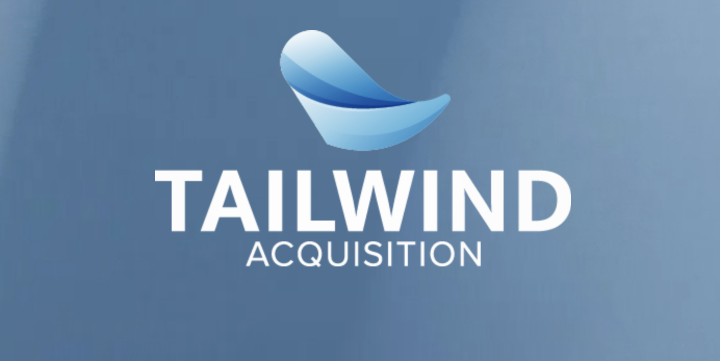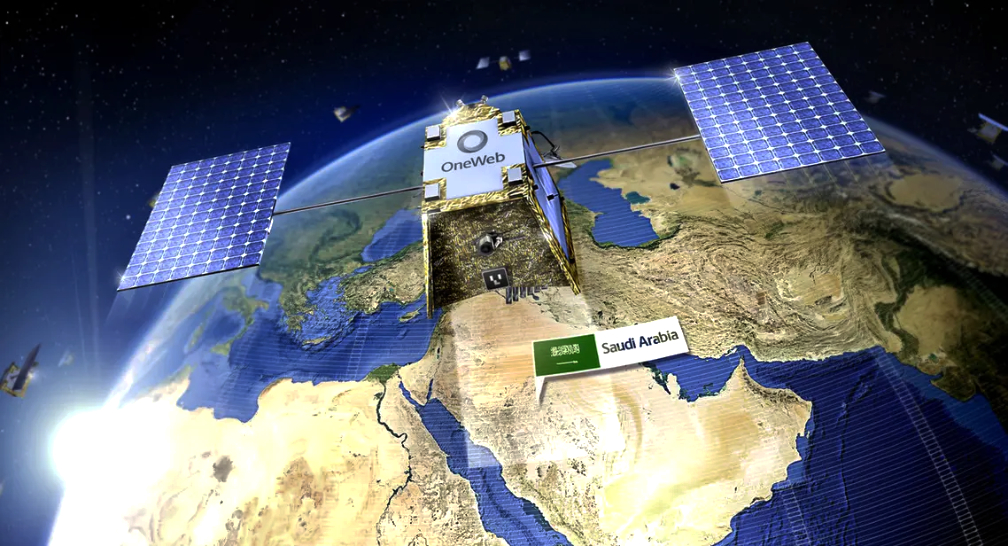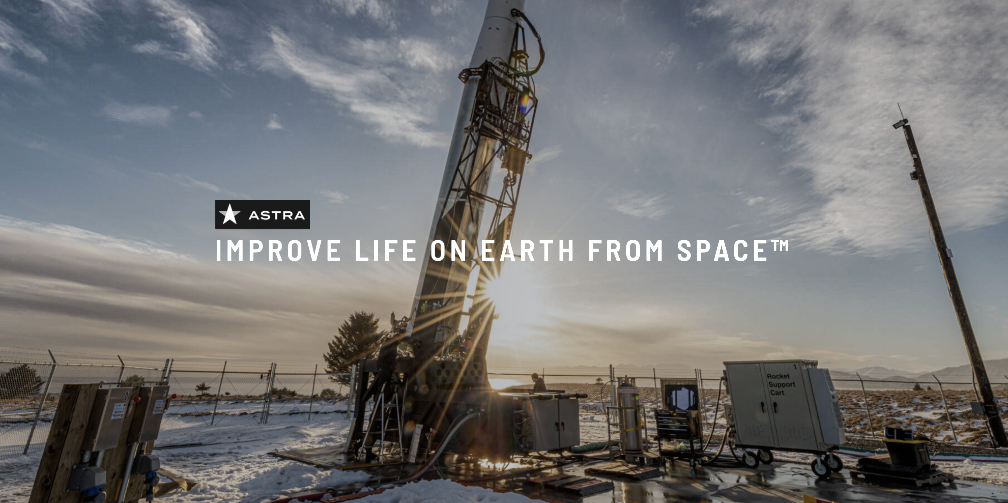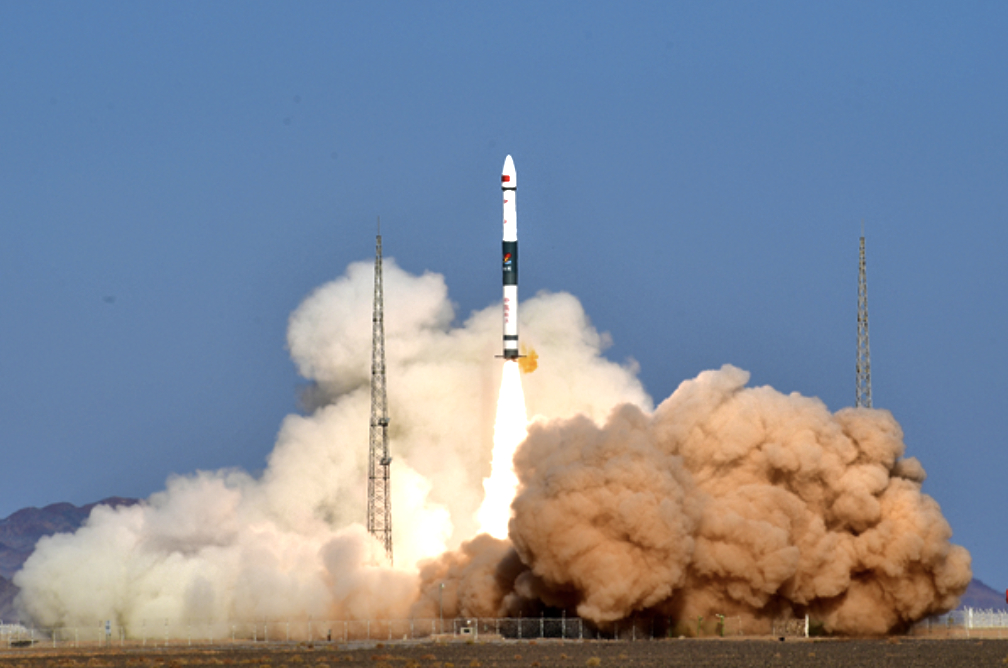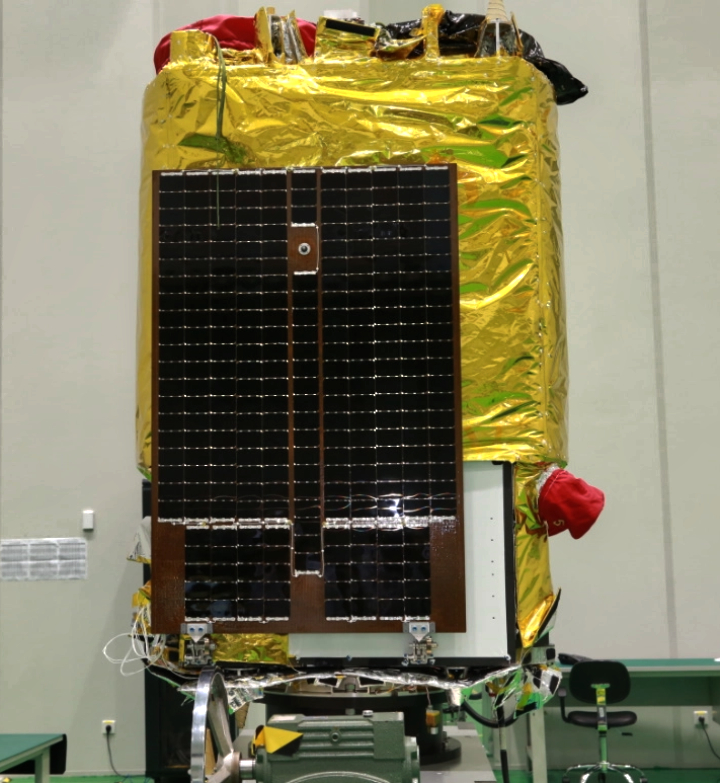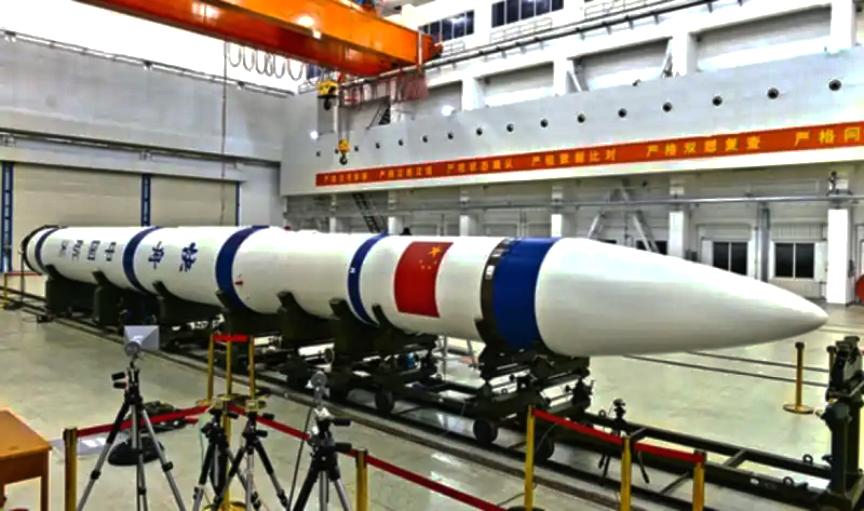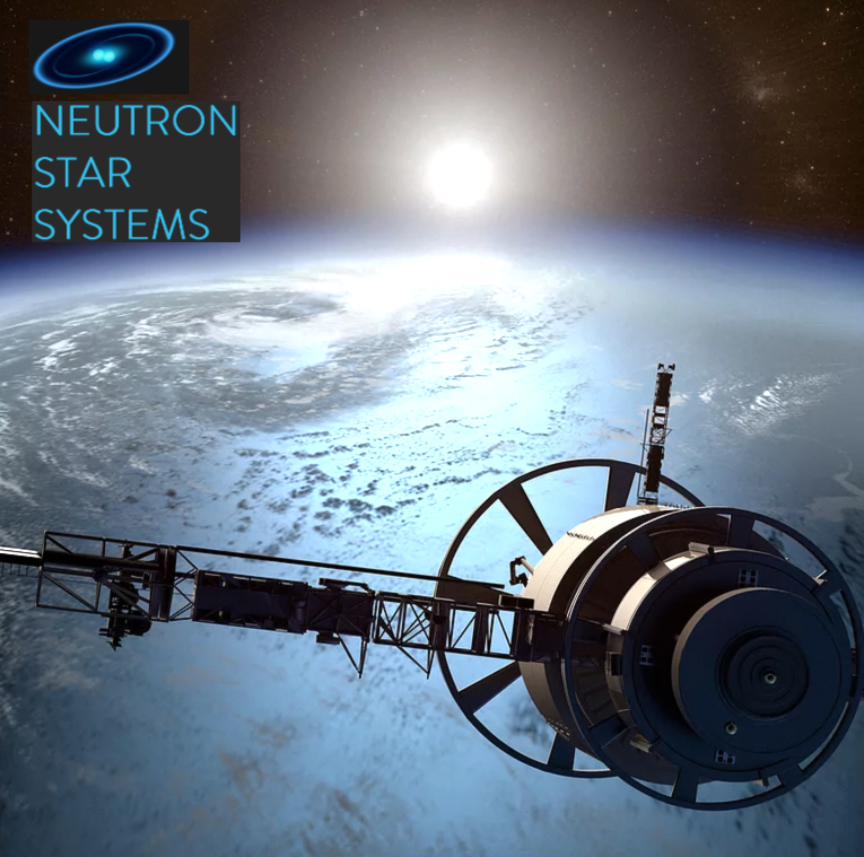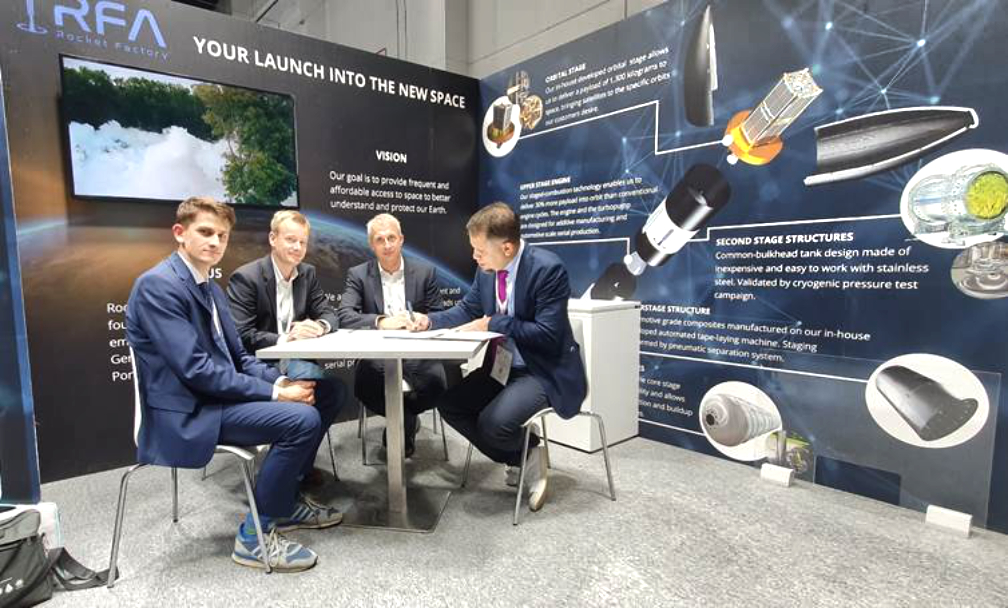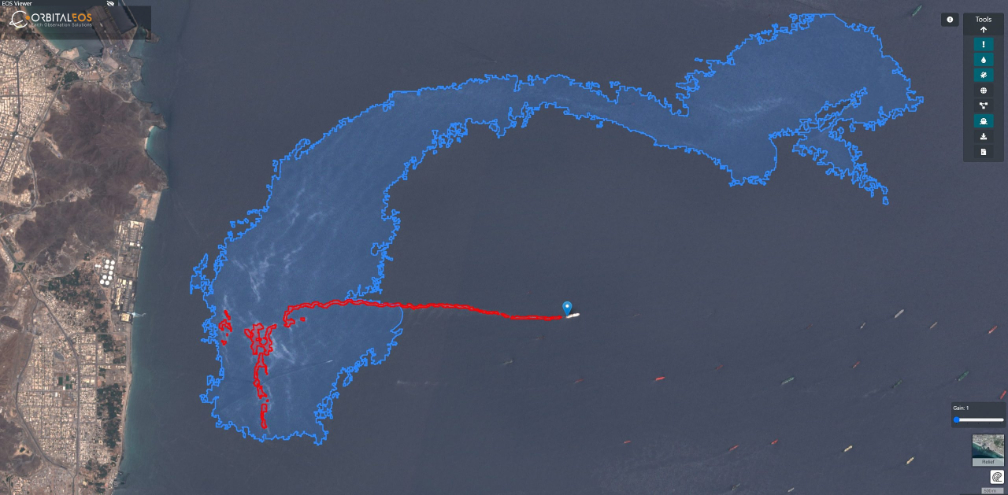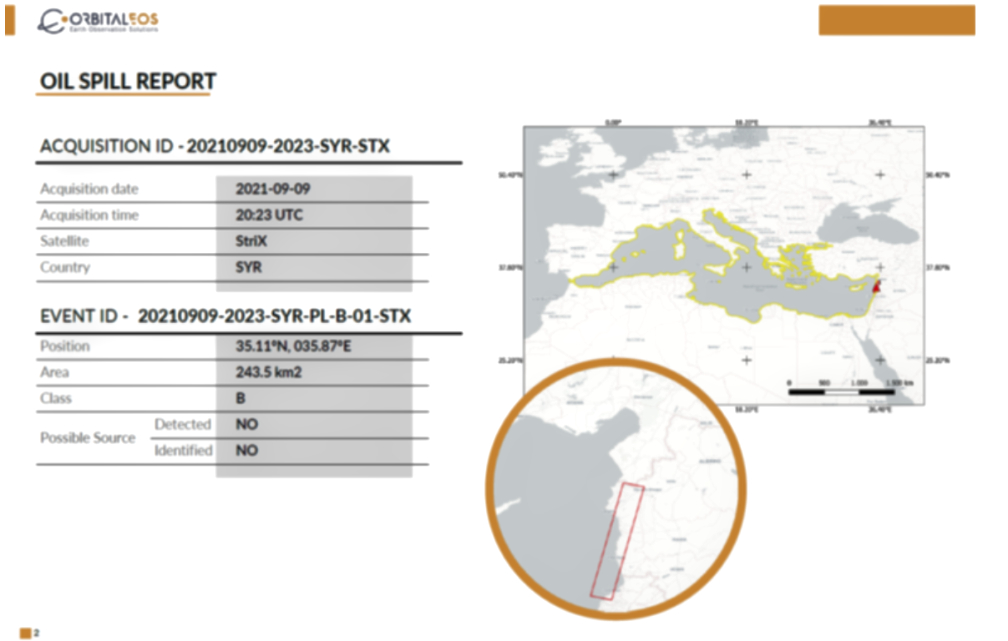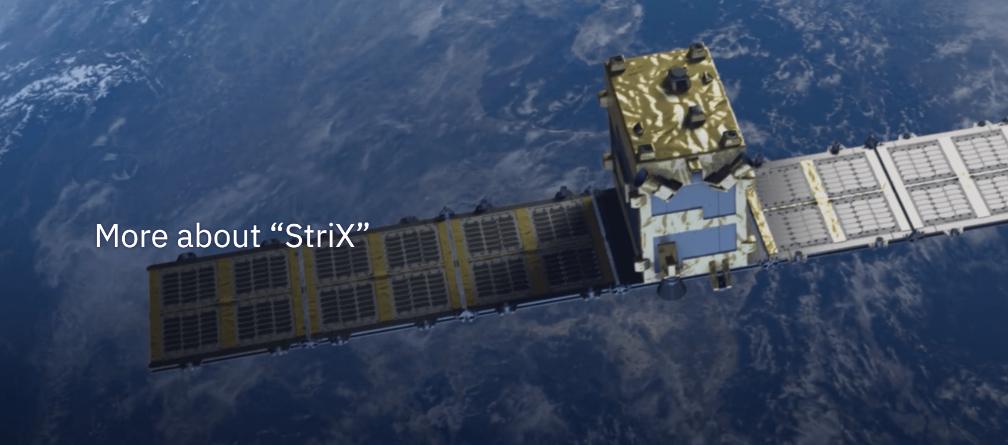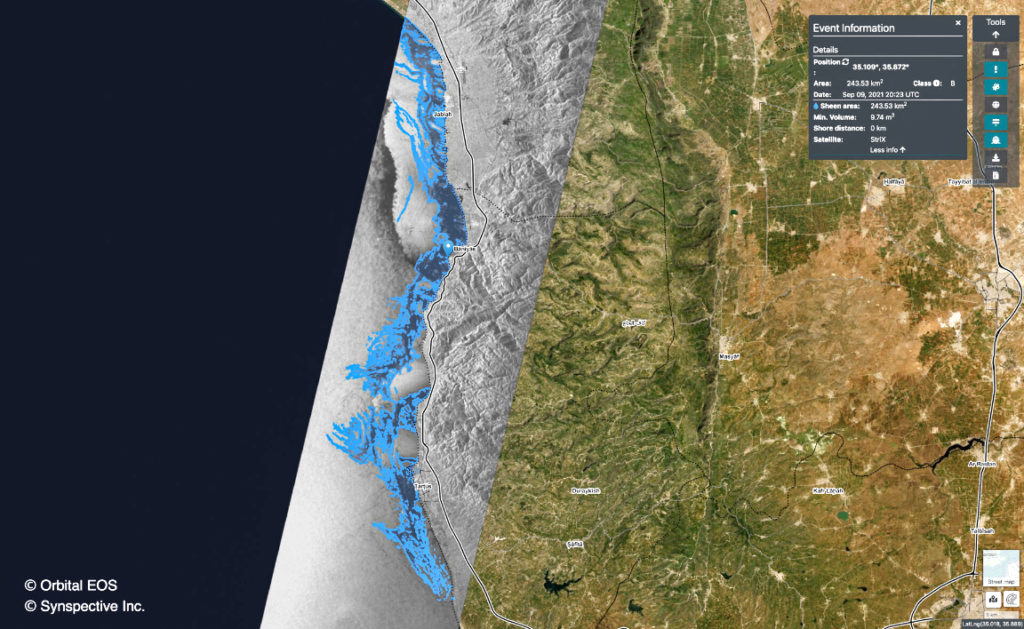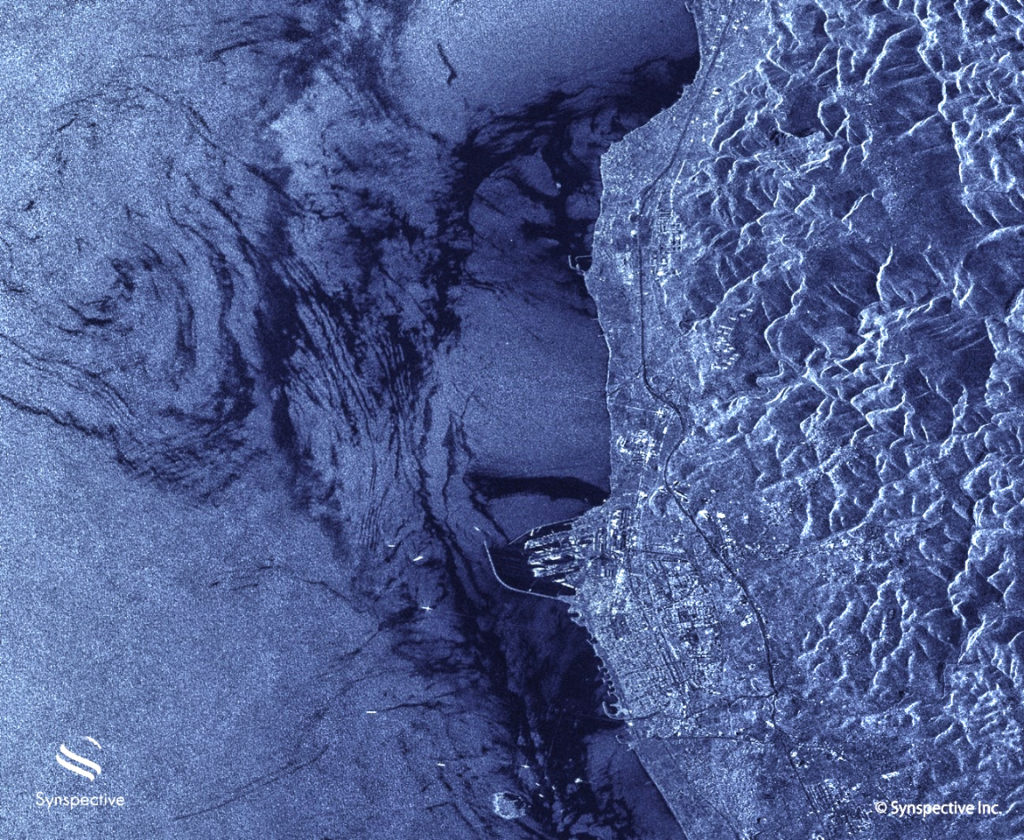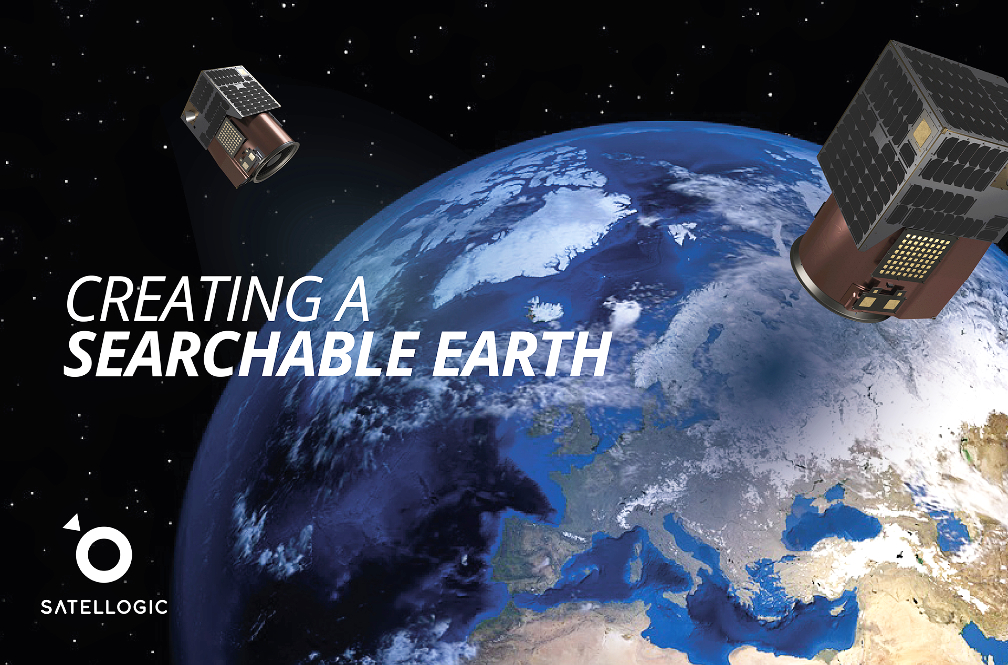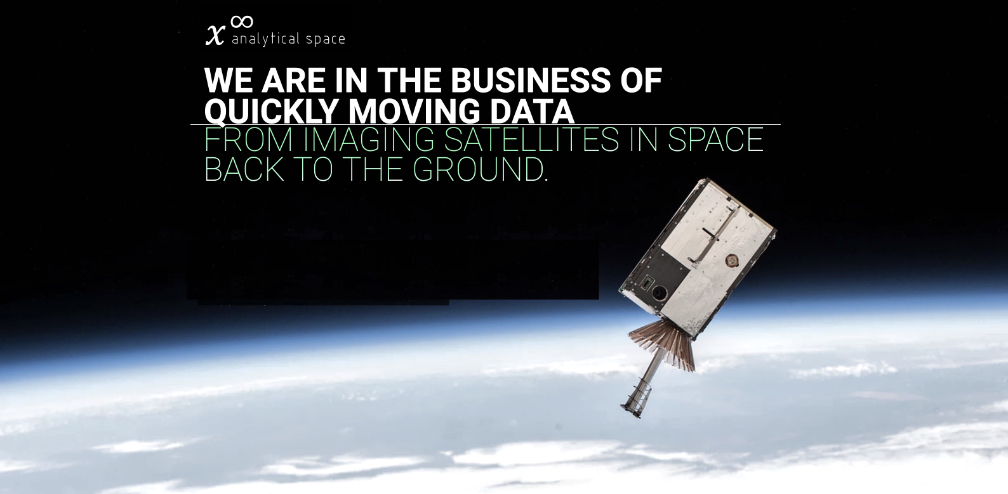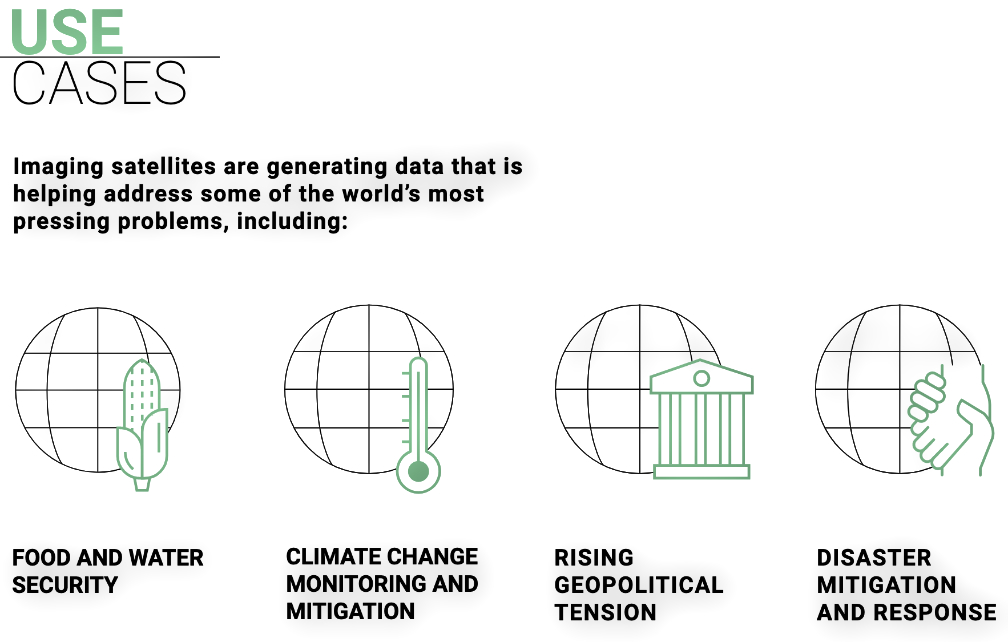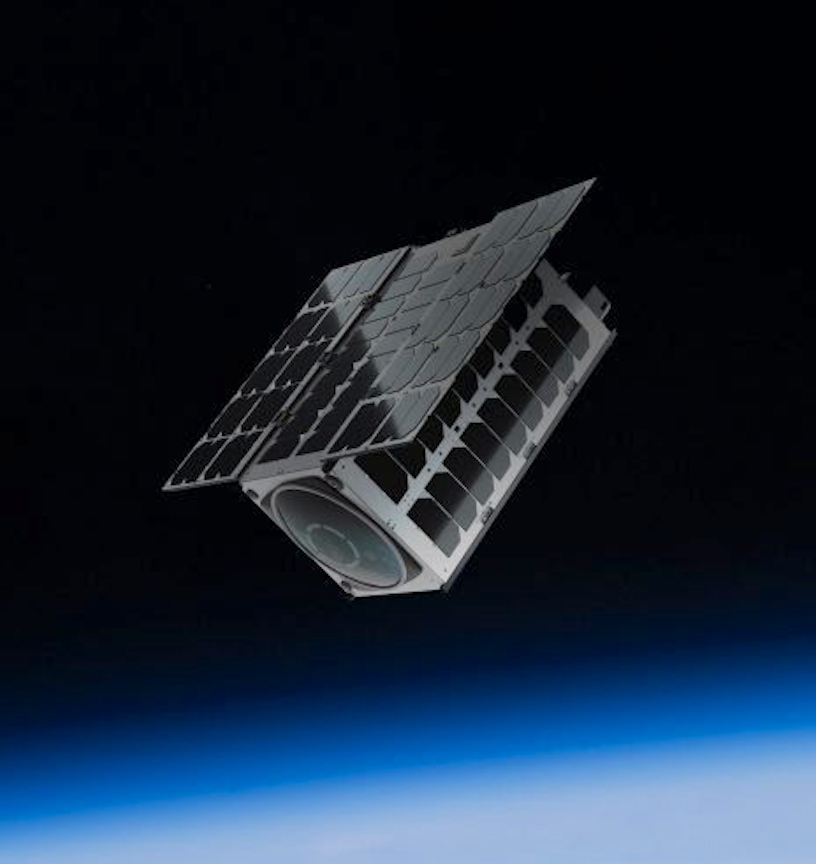
Nanosatellite will provide images for applications in maritime and junk monitoring, city management and crop yield prediction.
Smallsat mission integrator NanoAvionics has signed a contract with the Korean company, Contec, that includes supplying a 16U nanosatellite as well as mission integration and launch services. The launch of the Earth observation (EO) nanosatellite is planned for the first half of 2023.
The contract also marks the beginning of a two-way collaboration between NanoAvionics and Contec, a provider of ground station services, which NanoAvionics intends to use for its future mission operations in order to extend its global transmission cadence.
The payload of NanoAvionics’ modular 16U satellite bus will consist of an integrated imager with 1,5 m resolution, supplied by NanoAvionics partner, and Contec’s laser communication terminal (LCT). For the efficient delivery of satellite data, Contec will use its existing ground station in Jeju (South Korea) and further 12 stations, to be built by 2022, in Alaska, Sweden, Ireland, and other countries across the globe.
Contec will also analyze the raw image data, pre-process it and provide insights for applications across various segments, including urban change detection, maritime and junk monitoring and crop yield prediction. The company, established in January 2015, as a spin-off from KARI (Korea Aerospace Research Institute), is already in discussions with local governmental bodies in South Korea which intend to use the satellite imagery obtained from the mission.
Sunghee Lee, CEO of Contec, said, “To enhance our satellite image application service, we decided it would be beneficial to have our own small satellite, built by NanoAvionics. Being able to cost-effectively outsource the whole end-to-end satellite infrastructure to them, allows us to focus entirely on our core business of image processing, data analysis, applications services and ground station solutions.”
In particular for EO missions such as this, NanoAvionics has advanced a few technologies, including its frame structures capable of supporting even large imagers and their optical alignment under strenuous environmental loads. Other developments by NanoAvionics are its micro-vibration isolators, an advanced attitude determination and control system and a payload controller, which uses high-data-rate interfaces needed to process and downlink enormous amounts of image data.
Vytenis J. Buzas, co-founder and CEO of NanoAvionics, added, “The agreement with Contec is a brilliant example of our growing global customer base, the great modularity of our superior systems and the continued demand for our one-stop shop mission services.
“At NanoAvionics, we build 95 percent of our satellite subsystems in-house and have great experience with integrating numerous remote sensing and imaging payloads and components from different suppliers, such as the 1,5m resolution imager, into our buses.
“As a result, we have formed a great partnership network and a fantastic heritage. This allows us to offer complete and flight-proven satellite solutions that have already solved many technical challenges, saving time and costs for our customers looking for EO missions.”
Previous imaging missions, supplied by NanoAvionics, include EarthTV-1, a 16U nanosatellite built for British space company Sen which is about to provide real-time and timely Ultra-High Definition (UHD) video of Earth as well as D2/Atlacom-1, a 6U nanosatellite launched earlier this year and currently collecting hyperspectral data.


